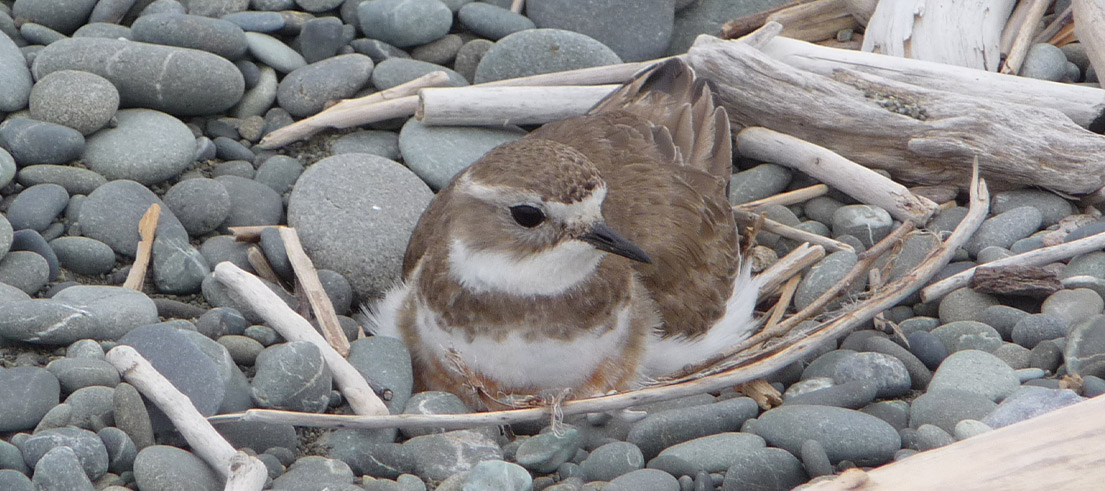Source: PISA results continue to show more to be done for equity in education
Ken said the older he got the more he noticed environmental decline, particularly the loss of biodiversity and it was a nice feeling to help regenerate the area and help restore birdlife.
Since retiring, he has become passionate about conservation and raising awareness about the indigenous biodiversity in the area.
“It’s not until you get involved in conservation that you find there’s so many people doing similar work. You might think you’re not doing much but together we’re actually doing quite a lot.”
The rest of the South Rakaia Hut holders, about 70 people based between Ashburton and Christchurch, have been providing funding to Ken to support his efforts.
Community gets behind conservation
The local community have also been getting behind the project by planting and maintaining hundreds of natives along the reserve and within the settlement.
As a result of the planting and trappings, more native birds have been spotted in the area which was surrounded by streams, wetlands, regenerated forests, and the ocean.
Ken said there were now about a dozen breeding pairs of korimako (bellbirds) who were there all year round and in the last 18 months, there had been two kererū (wood pigeon) as well as tui, bittern and a white heron who visited every so often.
“We’re seeing a lot more birdlife, and everyone is noticing it,” Ken said.
One of Ken’s biggest motivations was protecting the dotterels that nested on the beach. He hoped his trappings would ensure a successful breeding season, which was due to start in July.
“They nest right on the stones, so they are really a free feed for the weasels.”
To support Ken and the community’s conservation work, we have funded signs to help educate the community and visitors about the birds, and to make them aware of trappings in the area. The signs had been designed by Braided Rivers New Zealand.
Land management and biodiversity advisor Jess Cochrane said the signs showed pictures of all the different bird species to help visitors identify any they might see.
“We included the Māori and English names of each of the birds to encourage use of te reo Māori for our indigenous species,” Jess said.
Conservation work would continue in the area with the hope of one day eliminating the predators and encouraging more birds to call South Rakaia home.
